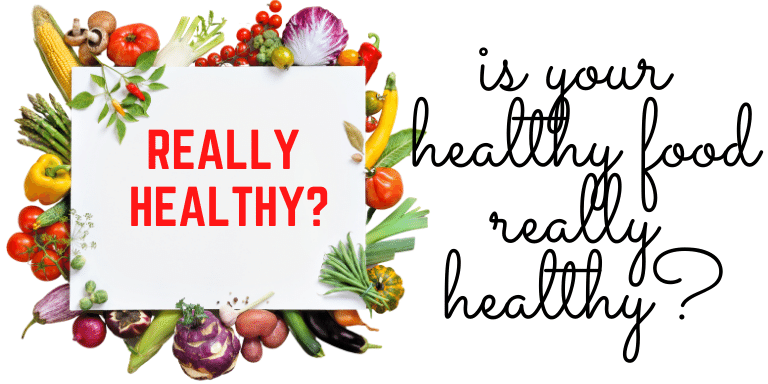When we were young we were told home food is healthy food and sometime around the 90s came a breakfast revolution.
Corn flakes made their way to our tables, this was the new healthy.
Then came green tea, it was followed by quinoa, oats, smoothies kale and seeds.

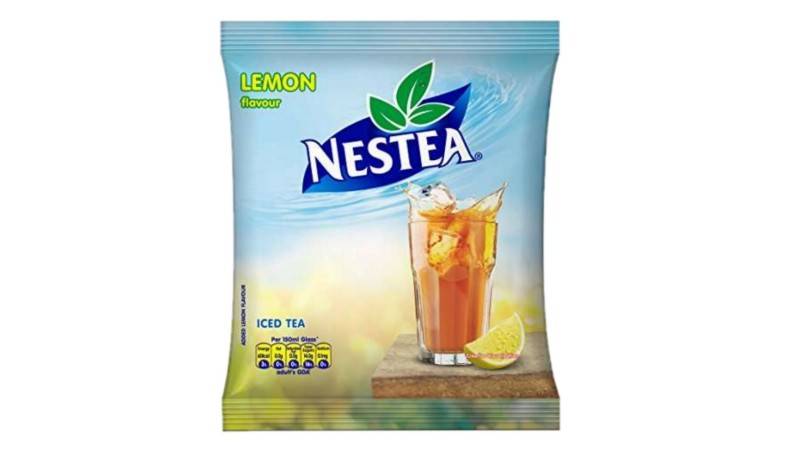
So many of them chia, sunflower, pumpkin, flax, sesame, hemp they planted themselves on our dinner tables and cluttered it and slowly replaced traditional home-cooked meals.
That’s okay we were told, “It is Healthy”.
Enter 2020, the Wuhan virus pandemic.
Soon HEALTHY alone was marketable enough.
IMMUNITY became the new sales pitch.
So, laddus, milkshakes, ice creams everything started promising immunity.
My logic and experience tells me that we are being fooled in the name of HEALTH & WELLNESS.
Why don’t you open your Instagram?
Search for “HEALTH AND WELLNESS” you’ll find 4.2 million posts.
The search word “HEALTH” leads to 122 million posts, healthy 161 million posts, and healthy living 30.5 million.




Did you know that Pinterest now has a category called protein?
That’s the level of obsession with the idea of health.
I’m all for being healthy.
What I’m against is the flawed idea of health, the one that Instagram teaches us we are told “SLIM is HEALTHY” and HEALTHY is SLIM”.
You see we humans have never been more INSECURE about our bodies than we are today.
And this mind-set is not helping us the only thing its helping is the market.
The global health and wellness industry is currently worth $4.2 trillion dollars.
It represents 5.3% of the global economic output.
How did it get here?
By selling our shortcuts to becoming thin, sorry healthy.
Let me give you an example, Green tea the highest selling wellness product.
As of 2019 the global green tea market was worth 18.4 billion dollars.
This tea is considered the ELIXIR to health.
Three cups of green tea a day and you’re super human.
You can burn fat, prevent diabetes, improve your brain functions, and prevent cancer.
Really?
If green tea could prevent cancer, our cancer researchers would be vacationing in Tuscany with a glass of fine red wine.
Green tea cannot make you lose weight, trust me I’ve tried it.
What it can do is improve your metabolism.
Which by the way almost any tea can BLACK, BLUE, OOLONG, MATCHA, ENGLISH BREAKFAST, EARL GREY, DUKE OF NORTHAMPTON.
Coming to green tea’s antioxidant properties.
Well science says that the Thea Flavin’s in black tea and the Catechins in green tea are equally effective.
So should you drink green tea? Sure but don’t count on it for losing weight.
Here’s what else you should not count on, GLUTEN FREE.
These products are such a fad.
Wellness bloggers tell us that gluten free is the secret to becoming healthy.
What does science say?
Gluten is a mixture of proteins like gliadin and glutenin.
Where is it found? In carbohydrates wheat, barley, rye.
Are any of these bad for our health? No they aren’t.
There is no need for us to buy gluten free products unless we have Celiac disease or are Gluten sensitive.
Less than 5% of the UK’s population has problem with gluten, but 12% of the population has gone gluten free.
Celiac disease affects roughly one percent of the American population but 20 percent of America is trying to eat gluten free, is it helping in weight loss?
The answer is simple. Losing weight is a game of calories you need to burn more than you consume.
You need to reach a calorie deficit which you can by eating junk fried food, McDonald’s, Pizzas, Cookies, Pecking duck.
As for health gluten free is not helping us.
It is taking away the much needed carbs.
Who is it helping?
An average gluten-free product is 242% more expensive than their variant that contains gluten.
In three years the global gluten free market is expected to touch $6.47 billion dollars.
By 2027 it is projected to cross $43.65 billion dollars.
Here’s what else is fooling us.

These cartons most of us have had cow milk all our lives but now we’re being told that cow milk makes us fat.
Instagram influencers too are selling this idea. Why?
So that these alternatives like almond milk & Soy milk find a place in your fridge.
The global almond milk market is expected to reach $13.3 billion dollars by 2025.
Soy milk market 23.2 billion dollars.
Apparently they’re healthier than cow milk. Is there science behind it?
Composition wise, there is no proof that soy or almond milk is healthier than cow milk.
When it comes to nutrition density and protein content, cow milk wins the race.
Clearly this is the healthier option.
There is no need to pick up that soy or almond milk carton unless you’re vegan or lactose intolerant.
Here’s another product protein powder, these tubs are as heavy as dumbbell and they cost as much as gold.

Youtubers say, go for it it’s worth the investment.
Well they are being paid to say so.
But why are we drinking these?
What you need to understand is protein powder is a supplement it comes into play, if you fail to reach your daily protein goal for a woman its 46 grams, for a man it’s 56.
You can meet this target by eating eggs, nuts, milk, chicken, soy chunks and even if you do not hit that 46 or 56 gram mark every day of the week? You will not be prosecuted.
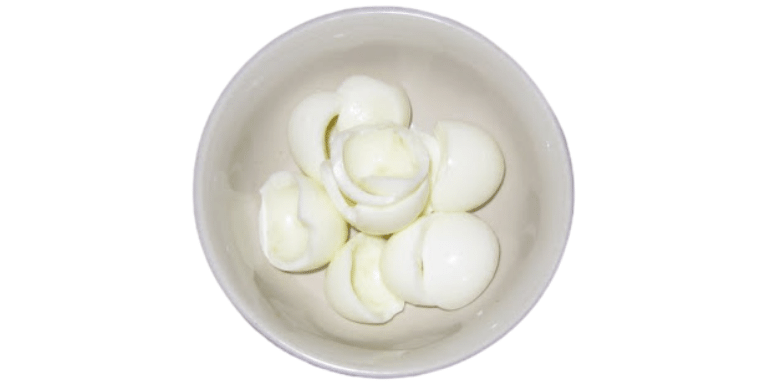
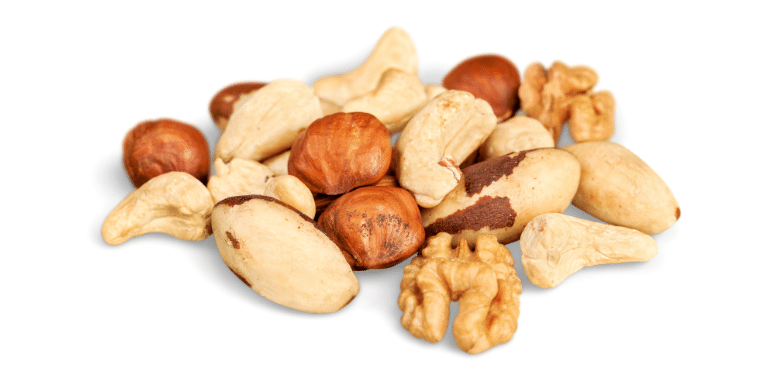
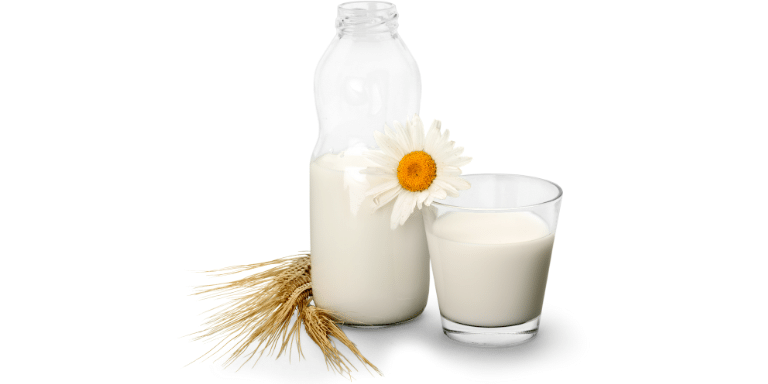
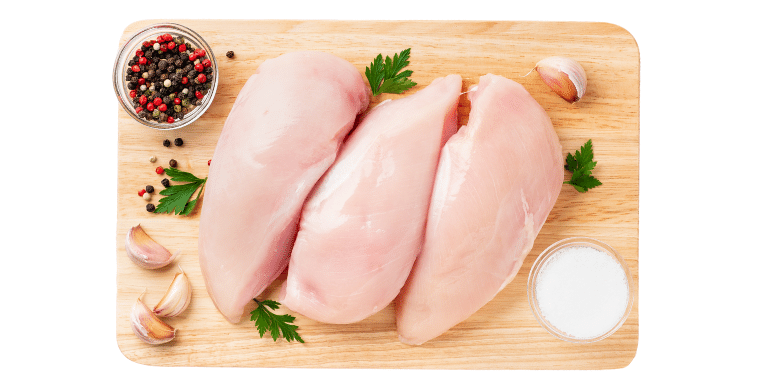
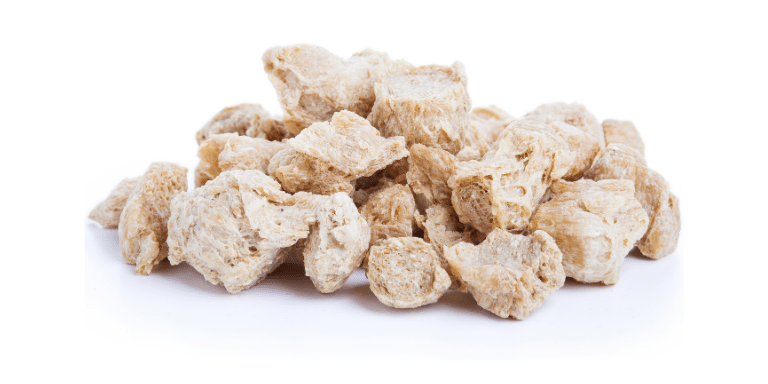
There is no need to spend a fortune on these protein powders that is unless you want to contribute to its 5.28 billion dollar market.
Those selling protein powders will not tell you about the risk associated with it.
What are its long-term effects? No one knows, these products are too new.
Here’s what else is not necessarily healthy?
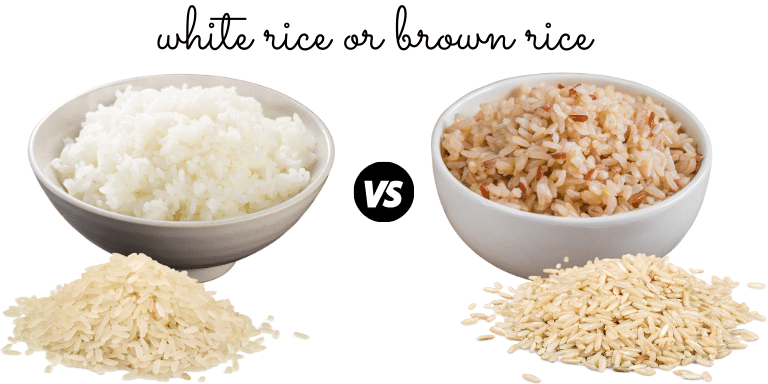

Brown alternatives – rice, bread, sugar off late we tend to prefer them to the white variants.
That did sound racist it was totally unintended.
Nutrition wise the difference between brown rice and white rice is negligible.
MRP wise, the difference is hefty.
You know what else is not your health BFF? Healthy snack.
Low Cal, fat free, baked not fried, air fried, cholesterol free, none of these claims matter ingredients too.
Many low-fat snacks have added sugar.
They hide controversial ingredients under technical names.
I’ll give you examples, in Europe, it will be hard to find MSG (Monosodium Glutamate) on ingredient list, and it will be masked under E-621.
Carrageenan will be called E-407.
If you read these ingredients carefully you will also find that many ready-made yogurts have as much sugar as a candy bar.
The so-called protein bars have all kinds of unhealthy ingredients.
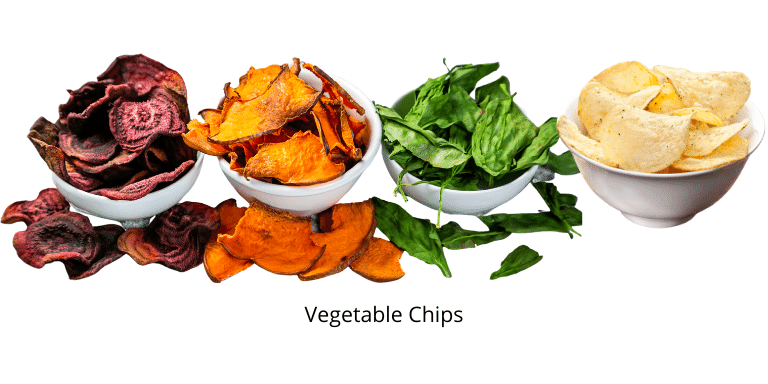
Vegetable chips, they can be as bad as your potato chips which technically is also vegetable.
Did you know a product is allowed to label itself trans-fat free if it adheres to the 0.5 gram cap.
Welcome to false advertising.
Here’s another one Vitamin water, it claims to be healthier than soda.
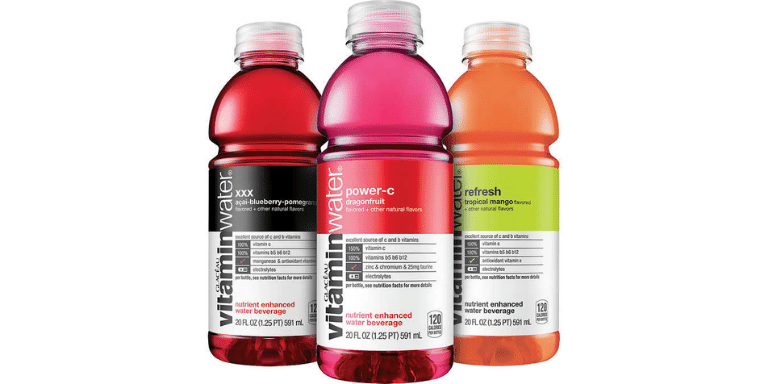
Vitamin plus water equals to all you need.
What most of us need is a reality check.
Each bottle of vitamin water contains eight teaspoons of sugar.
Advertisement, packaging, and advice they can all be bought.
Turns out studies too are up for grabs.
Did you know that the sugar industry funded a research that downplayed the risk of sugar and painted fat as the devil, this was in the 1960s?
We found out about it only recently.
Beverage Company POM wonderful paid 35 million dollars for studies that claimed.
Pom products could prevent the risk of heart diseases and prostate cancer.
Coca-Cola paid scientists too, for what?
To push the message that exercise was a more effective weight loss tool than cutting down on food and drinks.
So the next time a product claims it is healthy and backs its claims with studies. Take it with a pinch of salt.
When wellness bloggers, lifestyle influencers, or fitness you tubers tell you to buy a certain magic tea or go gluten free or blend your spinach raw into the smoothie, remember, they make anything between 200 to 650 dollars per post for endorsing a product. What do you get by buying them?
Except maybe develop ORTHOREXIA, that’s the term for obsession with eating healthy food.
You see social media and its target marketing is a danger to public health, a lot of us have fallen for it.
Many of us have recovered years of healthy food obsession and spending a fortune later here’s what I have concluded – Home food is health food, home food is the only tried and tested superfood.
If you want to lose weight aim for a calorie deficit if you want to be healthy eat a balanced diet.
Remember food is not your enemy self-doubt and false advertising are.
